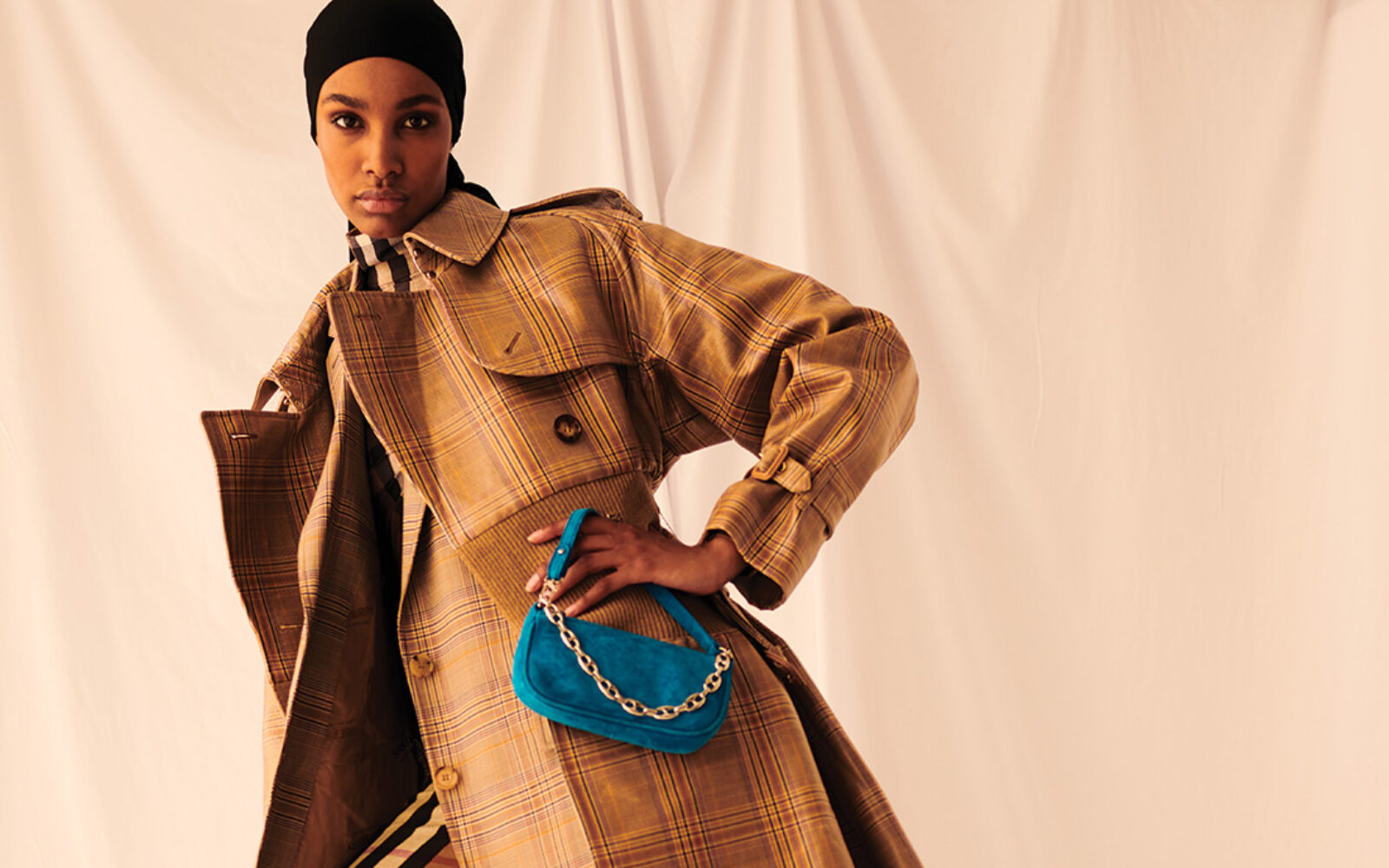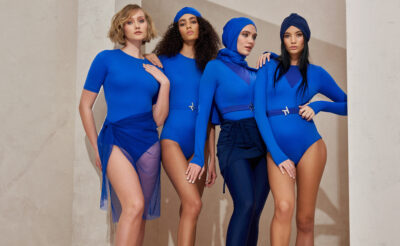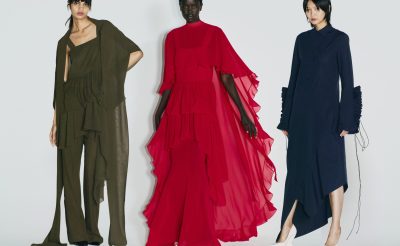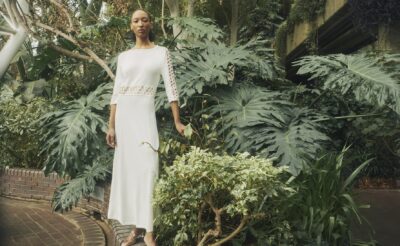Hafsa Lodi, author of Modesty: A Fashion Paradox, looks at how Covid-19 has affected this rising retail niche.
Pre-pandemic, modest fashion was a bright and booming industry, making global headlines weekly and influencing mainstream style trends. International retailers spent the last few years scrambling to create more modest offerings in their stores, motivated by assessments of Muslim consumers’ growing spending power. These were rooted in the State of the Global Islamic Economy report, which projected modest fashion to be worth US $368 billion by 2021 – a 51 percent increase from 2015. Its latest report estimates the value of modest fashion to reach $402 billion by 2024, in spite of the pandemic. “The sector showed robust consumer spend and industry growth before the onset of the Covid-19 pandemic, which has had a widespread negative impact on the sector’s revenues and supply chains,” states the report.
UAE-headquartered luxury e-tailer The Modist was one of modest fashion’s earliest Covid-19 casualties, citing the difficulties brought on by the pandemic as the reason for its closure. “The global crisis that has hit the world has left our young business vulnerable with no option but to cease operating,” The Modist stated on Instagram. Modest e-commerce platform Hijup UK also packed up due to the pandemic. But in the realm of mainstream, fast-fashion, affordable modestwear, the trend of conservative silhouettes continued to thrive, popularised through star-studded digital campaigns. Though the 2020 State of the Global Economy report says that “a more subdued Ramadan during the pandemic impacted modest fashion sales, as the Holy Month is typically the biggest sales period of the year in Muslim-majority countries,” global e-tailers such as ASOS celebrated the occasion by teaming up with popular hijabi influencers for their digital launches. The UK-headquartered platform recruited Sudanese- American fashion blogger Shahd Batal for its modest edit during Ramadan, and PrettyLittleThing later featured Black Muslim influencer Billy Marsal as its first hijabi model. Both collaborations embraced the diversity of demographics that the modest fashion movement speaks to.
Smaller homegrown modest fashion brands, meanwhile, which had previously been benefitting from the heightened focus on modest fashion, struggled to stay afloat. Many persevered and adapted to the new demands of ‘pandemic fashion.’ Realising that amid lockdowns and social distancing, new clothing wasn’t topping the shopping lists of their clients, designers switched gears and began using their fabrics to produce face masks.
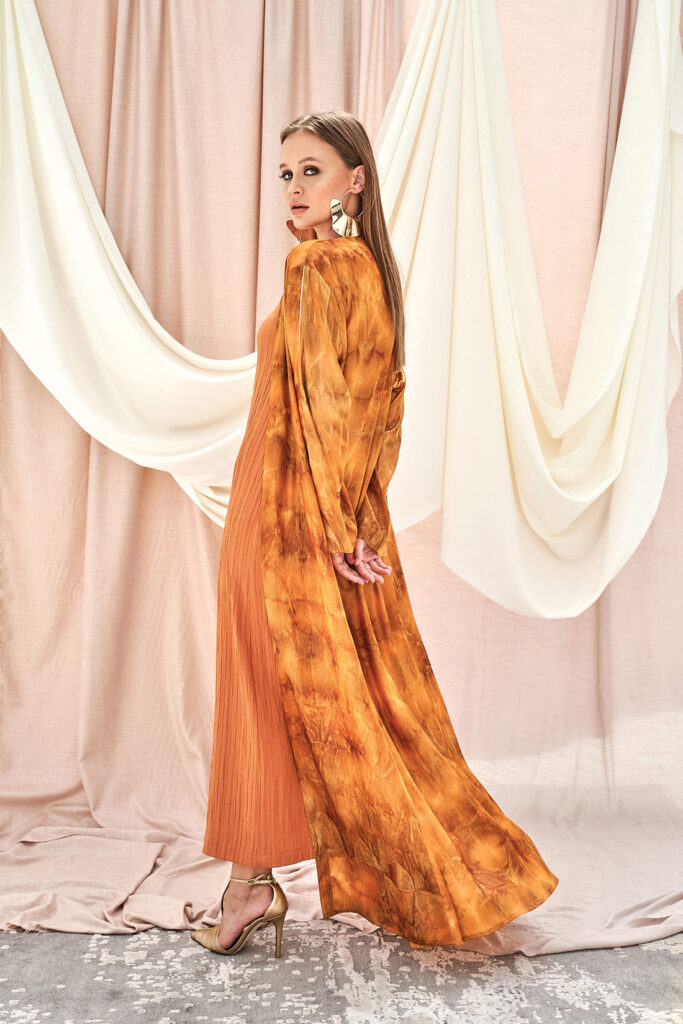
Dubai-based modest brand Naz The Label which launched at the height of the Covid-19 pandemic
Founded by Dubai-based designer Naila Arshad, Naz The Label debuted with a 10-look collection of kimonos and dresses shortly after the onset of Covid-19 in the UAE, and in response to the lockdown and overall lack of shopping for clothing, turned to making in-demand accessories from its excess fabrics. “Having entered the market during a pandemic and being a start-up, we opted to create a niche accessories range that includes scrunchies and face masks. This has not only helped us in being conscious, but also in being sustainable,” Arshad told MOJEH. Hijabi model Halima Aden took it a step further, collaborating with Allure and Anywear to create hijab-and-mask face covering sets for medics, to make the masking experience more efficient for nurses and doctors on the frontliners. The pandemic no doubt put a halt to our fast-paced lifestyles, giving us time to reflect on our careers, families, passions and life choices. For Aden, this time proved to be exceptionally transformative, as she announced her departure from the world of mainstream modelling. In a series of candid reflections on Instagram, she stated that she got “carried away” and “lost touch” with her identity due to “unbearable pressure” to conform to the expectations of the industry. She demanded to be released from all of her contracts, and implied that any future jobs she would take would prioritise genuine representation and her “true” hijab.
Nevertheless, hijab-wearing women continue to dominate searches for #modestfashion on Instagram, and their creativity and styling expertise seemed to flourish during the thick of the pandemic, when lockdown challenges were trending on Instagram. Take the pillow challenge, for example – in a fun and frivolous social media game, women across the globe belted pillows to their torsos as ‘outfit’ images in light of their new, socially distanced, housebound realities. More than a quarter of a million posts flooded Instagram, and while many pictured pillows as dresses (with no clothing underneath), numerous hijabi bloggers posted their own entries, with skin-covering layers complementing the colours and patterns of their chosen pillowcases.
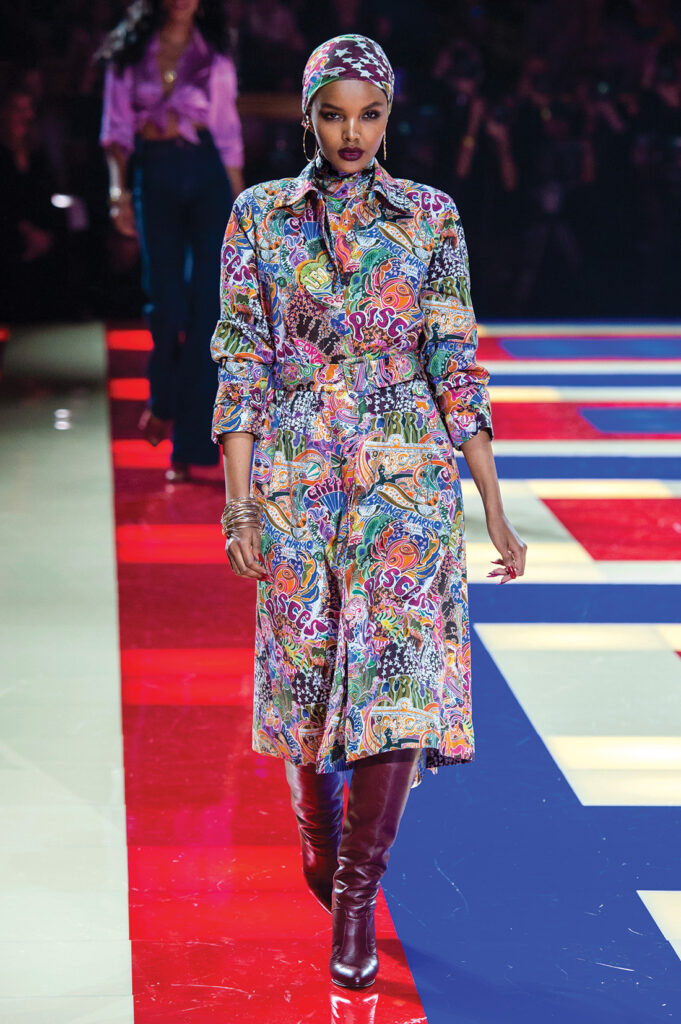
In 2020, model Halima Aden announced her departure from mainstream fashion after having “lost touch” with her identity. Halima Aden for Tommy Hilfiger SS19.
The virtual world has played a pivotal role in driving movements and fashion trends during the pandemic, and while fashion weeks were in flux throughout 2020, modest fashion continued to be conveyed through Facebook Live, and Zoom. In December, Melbourne Modest Fashion Week took place as a live-streamed runway show on Facebook, followed by Modest Fitness Week, which debuted as a completely virtual programme of workshops and panel talks hosted by Muslim women from across the globe, through Zoom sessions. Social media was one of the initial vehicles through which the modest fashion movement gained popularity, and entrepreneurs in this realm are well-equipped to keep the momentum going through these digital avenues.
“The recovery of the industry post-Covid-19 is still uncertain, especially within certain niches such as formalwear,” says the 2020 State of the Global Islamic Economy report. But perhaps the biggest fashion lesson emerging from this tumultuous time is that comfort is now a priority when it comes to style, whether for office attire, occasionwear, or #WFH life. Comfort is also foundational to the modest fashion movement, so we can certainly expect comfortable modestwear to continue thriving throughout the pandemic and thereafter.
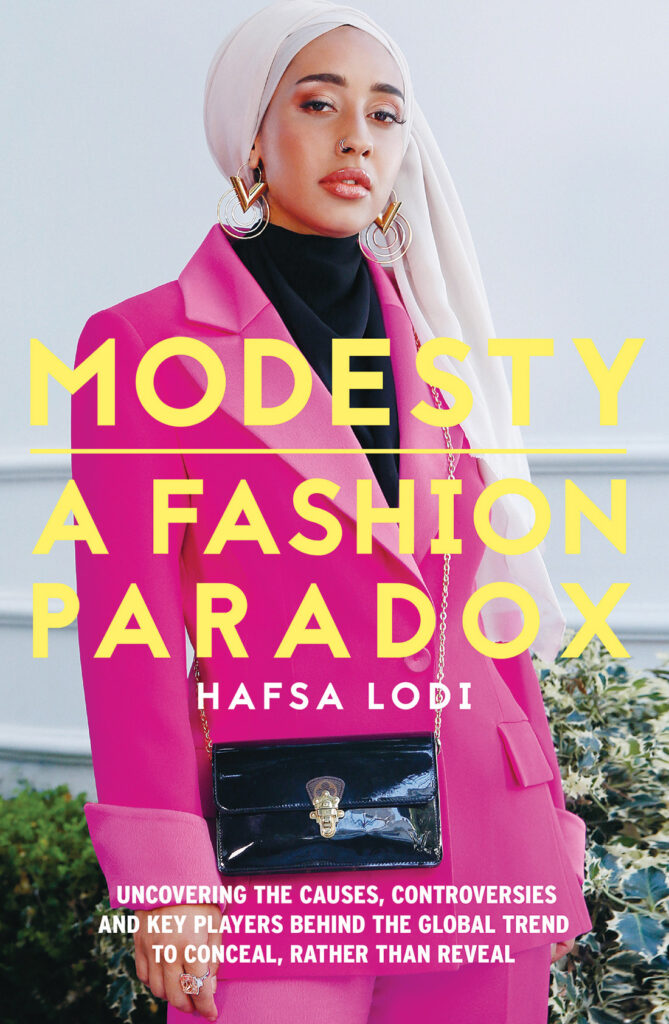
Hafsa Lodi’s book, Modesty: A Fashion Paradox
Hafsa Lodi is the author of Modesty: A Fashion Paradox, a non-fiction book that explores the global rise of modest fashion.
Read Next: All The Finalists For Fashion Trust Arabia 2021
- Words by Hafsa Lodi

